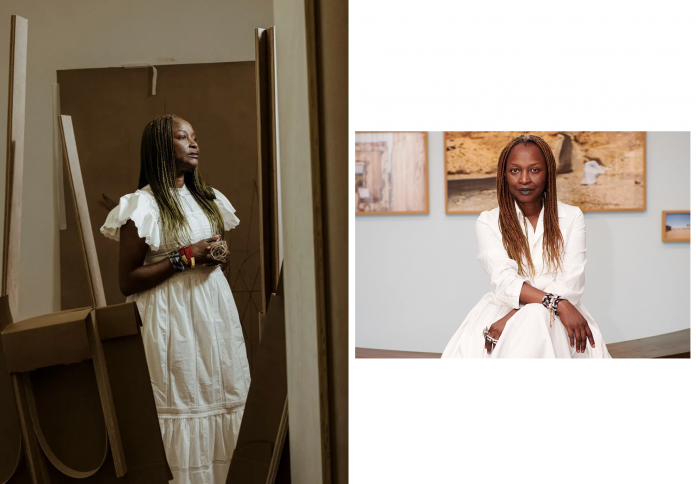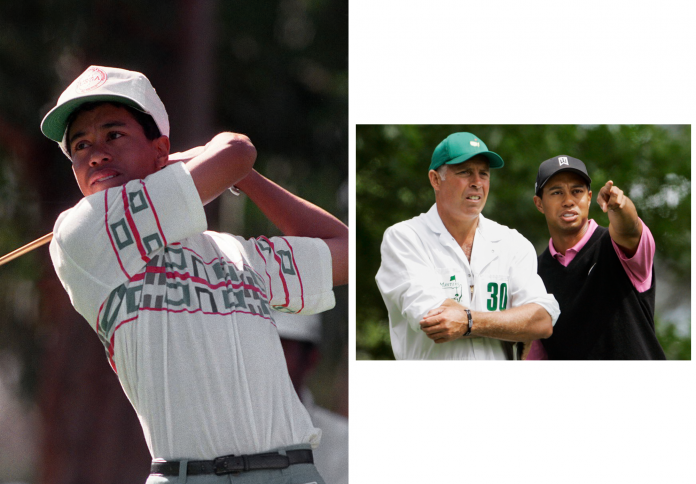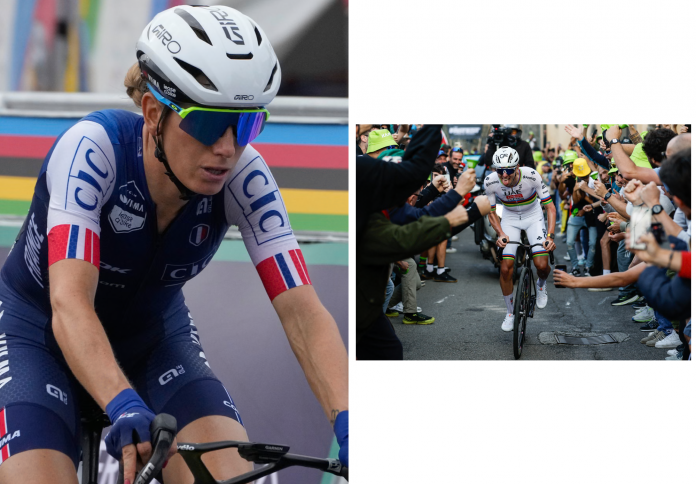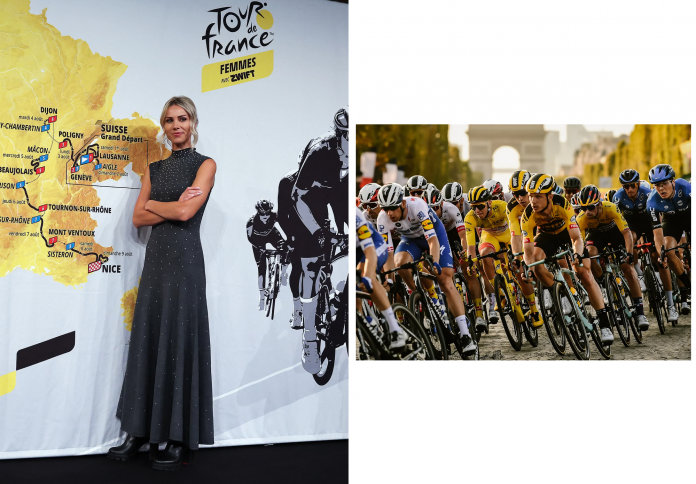Koyo Kouoh, the groundbreaking Cameroonian curator chosen to lead the 2026 Venice Biennale, has died at the age of 57. Her death marks a profound loss for the art world, yet her legacy endures — one of fearless advocacy, intellectual rigor, and a commitment to rewriting the rules of cultural discourse.

A curator of global vision
Koyo Kouoh, who passed away in Basel on May 25, 2024, had spent her career transforming the global art landscape. Appointed in December 2023 as curator of the 2026 Venice Biennale — the first African woman ever given the role — she was poised to bring a radical, inclusive vision to the world’s most important contemporary art exhibition.
Though her untimely death came just months into her Biennale preparations, Kouoh had already left an indelible mark on the process. According to the official statement by La Biennale di Venezia, she had approached the role with “passion, intellectual rigour and vision,” and was preparing to unveil the exhibition’s title and theme just days after her passing. The press conference, scheduled for May 20, was set to provide insight into what would have been one of the most anticipated Biennale editions in recent history.
Kouoh’s appointment had been widely celebrated, signaling a turn toward a more diverse and global understanding of contemporary art. La Biennale president Pietrangelo Buttafuoco described her as possessing a “refined, young, and disruptive intelligence,” while Kouoh herself called the opportunity “a once-in-a-lifetime honor and privilege.” She hoped her edition would “carry meaning for the world we currently live in — and most importantly, for the world we want to make.”

From Cameroon to the global stage
Born in Douala, Cameroon, in 1967, Kouoh moved to Switzerland as a teenager. Initially trained in administration and banking, she began her professional life working with migrant women before immersing herself in the art world in the mid-1990s. In 1996, she returned to Africa, where she began laying the foundations for a curatorial practice that would be defined by its intellectual depth and political urgency.
In Dakar, Senegal, she founded RAW Material Company in 2008 — an independent art center that quickly became a hub for critical art discourse and experimentation in West Africa. From there, Kouoh’s influence grew rapidly. In 2016, she was appointed executive director and chief curator of the Zeitz Museum of Contemporary Art Africa (Zeitz MOCAA) in Cape Town, where she played a central role in reshaping the museum’s direction and deepening its engagement with pan-African narratives.
Her exhibitions at Zeitz MOCAA and beyond often grappled with colonial legacies, feminism, sexuality, and diasporic identity. One of her most lauded projects was a retrospective of South African artist Tracey Rose in 2022 — a bold, unflinching showcase of one of the continent’s most provocative contemporary voices.
Asking uncomfortable questions
Kouoh’s intellectual influence extended well beyond institutional walls. She curated thought-provoking exhibitions across the globe, including Body Talk: Feminism, Sexuality and the Body in the Works of Six African Women Artists at WIELS Contemporary Art Centre in Brussels in 2015, and Still (the) Barbarians, the central exhibition of the 2016 Ireland Biennial in Limerick. The latter explored Ireland’s colonial past through the lens of the 1916 Easter Rising centenary, situating it within a broader postcolonial dialogue.
Her curatorial approach was never merely about inclusion—it was about dismantling entrenched hierarchies. As Italian art magazine Artuu wrote in its obituary: “Kouoh did not leave a title for the Biennale, but she did leave a grammar: the urgency to rewrite the rules of the curatorial game.”Her work raised essential, often uncomfortable questions: Who decides what is considered art? Whose histories are represented? What language can we use when our cultural lexicons have been shaped by colonial power? Rather than offering simple answers, Kouoh invited audiences to sit with complexity and contradiction. Her exhibitions challenged the idea of curatorial neutrality, asserting instead that the act of curation is inherently political.
A legacy that lives on
Though Kouoh’s time as Venice Biennale curator was cut tragically short, her legacy is far from unfinished. Through institutions she shaped, ideas she championed, and artists she elevated, Kouoh permanently altered the landscape of contemporary art. Her influence can be felt not only in the increased visibility of African and diasporic artists, but also in a broader shift toward critical, globally-minded curation.
In a field historically dominated by Western voices, Kouoh carved space for others — not just as a representative of African contemporary art, but as a provocateur who expanded the very possibilities of what art institutions can be. Her death is a profound loss, but her vision will continue to reverberate across museums, biennials, and generations of curators to come.
As Giorgia Meloni, Italy’s prime minister, stated in her tribute: “I express my deep condolences for the untimely and sudden death of Koyo Kouoh.” But perhaps the most fitting tribute lies in the continued work of artists and thinkers inspired by Kouoh’s fearless intellect and boundless curiosity.
The 2026 Venice Biennale, though now reshaped by this tragedy, may yet reflect her spirit — one that never shied away from the hard questions, that demanded more from the art world, and that dared to imagine new futures.
Postscript:
Details about the future direction of the 2026 Biennale remain uncertain. According to organizers, updates will follow in due course. But one thing is clear: Koyo Kouoh’s vision will remain central to its legacy — a final, powerful gesture from a curator who made history by refusing to follow the script.










